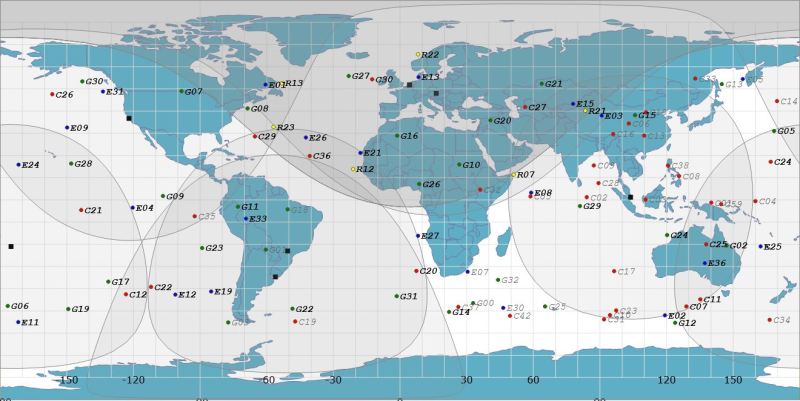We may not always be aware of it, but the daily function of the technological world around us is extremely dependent on satellite navigations systems. It helps the DHL guy deliver those parts you were waiting for, and keeps the global financial and communication systems running with precision timing. So, when these systems have a bad day, they can spread misery across the globe. To keep an eye on these critical constellations, [Bert Hubert] and friends set up a global open source monitoring network that aims to track every satellite in the GPS, Galileo, BeiDou and GLONASS constellations.

All this data enables [Bert] to determine ephemeris discontinuities, time offsets, and atomic clock jumps. The project’s twitter feed, @GalileoSats, is very active with interesting updates. Go check it out! All the collected data is available for research purposes and the software is up on Github.
GPS hacks are never in short supply around here and another open source satellite network, SatNOGS has been featured a number of times on Hackaday after it won the 2014 Hackaday Prize.
Thanks for the tip [DarkSideDave]!
















Thank you – I have often thought that satnav must contain some very interesting (and difficult) software: first calculate your position from the received satellite info, then draw a map on the screen with road info, and then best route calculation. The second link in the article is a good overview of what is involved in the first of those steps, and I’m glad I did not have to work out how to do it!
Thank you for this very accurate and succinct writeup! I will eventually follow this up with a longer explanation of what the project does, how the software works, what all the fields mean etc. The reach of Hackaday is impressive, lots of people are suddenly contacting me. Thanks!
It’s a pleasure. Excellent work on the project, it’s really impressive